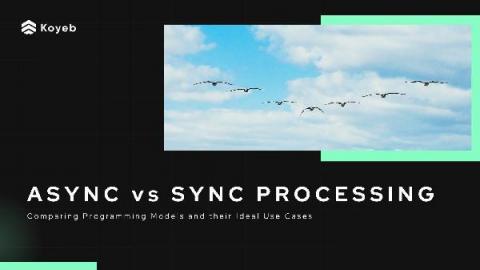Integrate Amazon RDS With Other Data Sources
How do you integrate data from Amazon RDS (Relational Database Service) with data from other sources such as S3, Redshift, or even MongoDB? The answer is Xplenty. Our data integration on the cloud lets you join data from various sources and then process it to gain new insights. What about storing the results back to RDS? No problem; Xplenty does that as well.







